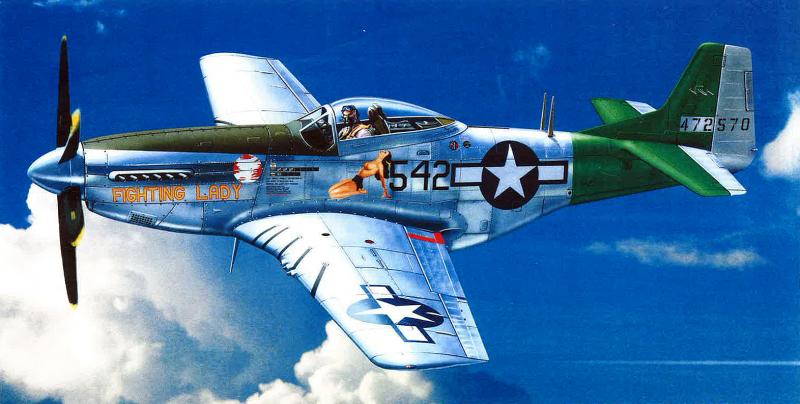Post by Dave Homewood on Jan 19, 2022 18:10:38 GMT 12
FLIGHT TO N.Z.
LINCOLN AIRCRAFT
TAKE-OFF ON MONDAY
LATEST HEAVY BOMBER
(Special Correspondent.) (10.15 a.m.) LONDON, Sept. 6.
A Lincoln bomber of the R.A.F. Central Bomber Establishment will leave Black Bush aerodrome, Surrey, at daybreak on Monday on a mission to Australia, New Zealand and the Far East, via Lydda, Mauripur, Changi and Darwin.
The bomber is under the command of Group Captain S. C. Elworthy, C.B.E., D.S.O., D.F.C., A.F.C., of Timaru.
The aircraft is expected to arrive at Melbourne next Friday, at Ohakea on September 23, and at Whenuapai on September 27.
The purpose of the mission is to discuss with the R.N.Z.A.F. and R.A.A.F. bomber tactics and to investigate their individual bomber problems. It is possible that lectures may be given and conferences held to discuss the present bombing policy and possible future developments.
During the flight to the Dominions and back the crew will make a practical examination of problems connected with long-range reinforcement flights by standard bombers.
Group Captain Elworthy is one of New Zealand's most distinguished airmen. Educated at Marlborough and Trinity College, Cambridge, he was commissioned in the reserve of Air Force officers, was granted a permanent commission in 1935, and at the beginning of the war was a flight lieutenant. Three of his decorations were awarded in the first four months of 1941. At that time he commanded one of the extremely gallant Blenheim squadrons engaged in daylight bombing in both Europe and the Mediterranean. Later he joined Bomber Command, where he held key positions and was senior air staff officer to No. 5 Group in 1944. He is now attached to the Central Bomber Establishment. He is in charge of the tactics wing, which is one of the most important posts in Bomber Command.
The Lincoln, described as Britain’s best heavy bomber, embodies some of the finest features of both British and American types. It has four Rolls-Royce engines, and is equipped with such modern gear as radar-sighted machine-guns, and remote-control and operated by the bomb-aimer. The aircraft is a mid-wing monoplane capable of carrying a substantially heavier bomb-load than the famous Lancaster.
GISBORNE HERALD, 7 SEPTEMBER 1946
LINCOLN AIRCRAFT
TAKE-OFF ON MONDAY
LATEST HEAVY BOMBER
(Special Correspondent.) (10.15 a.m.) LONDON, Sept. 6.
A Lincoln bomber of the R.A.F. Central Bomber Establishment will leave Black Bush aerodrome, Surrey, at daybreak on Monday on a mission to Australia, New Zealand and the Far East, via Lydda, Mauripur, Changi and Darwin.
The bomber is under the command of Group Captain S. C. Elworthy, C.B.E., D.S.O., D.F.C., A.F.C., of Timaru.
The aircraft is expected to arrive at Melbourne next Friday, at Ohakea on September 23, and at Whenuapai on September 27.
The purpose of the mission is to discuss with the R.N.Z.A.F. and R.A.A.F. bomber tactics and to investigate their individual bomber problems. It is possible that lectures may be given and conferences held to discuss the present bombing policy and possible future developments.
During the flight to the Dominions and back the crew will make a practical examination of problems connected with long-range reinforcement flights by standard bombers.
Group Captain Elworthy is one of New Zealand's most distinguished airmen. Educated at Marlborough and Trinity College, Cambridge, he was commissioned in the reserve of Air Force officers, was granted a permanent commission in 1935, and at the beginning of the war was a flight lieutenant. Three of his decorations were awarded in the first four months of 1941. At that time he commanded one of the extremely gallant Blenheim squadrons engaged in daylight bombing in both Europe and the Mediterranean. Later he joined Bomber Command, where he held key positions and was senior air staff officer to No. 5 Group in 1944. He is now attached to the Central Bomber Establishment. He is in charge of the tactics wing, which is one of the most important posts in Bomber Command.
The Lincoln, described as Britain’s best heavy bomber, embodies some of the finest features of both British and American types. It has four Rolls-Royce engines, and is equipped with such modern gear as radar-sighted machine-guns, and remote-control and operated by the bomb-aimer. The aircraft is a mid-wing monoplane capable of carrying a substantially heavier bomb-load than the famous Lancaster.
GISBORNE HERALD, 7 SEPTEMBER 1946





